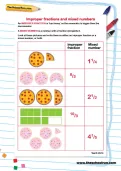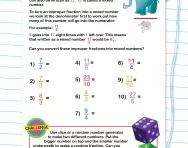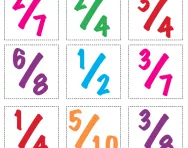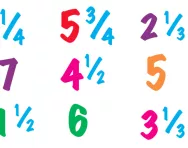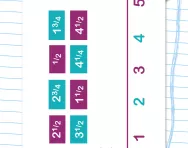TheSchoolRun.com closure date
As we informed you a few months ago, TheSchoolRun has had to make the difficult decision to close due to financial pressures and the company has now ceased trading. We had hoped to keep our content available through a partnership with another educational provider, but this provider has since withdrawn from the agreement.
As a result, we now have to permanently close TheSchoolRun.com. However, to give subscribers time to download any content they’d like to keep, we will keep the website open until 31st July 2025. After this date, the site will be taken down and there will be no further access to any resources. We strongly encourage you to download and save any resources you think you may want to use in the future.
In particular, we suggest downloading:
- Learning packs
- All the worksheets from the 11+ programme, if you are following this with your child
- Complete Learning Journey programmes (the packs below include all 40 worksheets for each programme)
You should already have received 16 primary school eBooks (worth £108.84) to download and keep. If you haven’t received these, please contact us at [email protected] before 31st July 2025, and we will send them to you.
We are very sorry that there is no way to continue offering access to resources and sincerely apologise for the inconvenience caused.
Improper fractions and mixed numbers
What is the difference between improper fractions and mixed numbers?
Improper fractions and mixed numbers are two different ways of representing the same quantity in mathematics, especially in the context of fractions.
Here's the difference:
- Improper fractions have a numerator that is equal to or greater than the denominator.
- Mixed numbers have a whole number part followed by a proper fraction.
What is an example of an improper fraction?
Here is an example of an improper fraction:
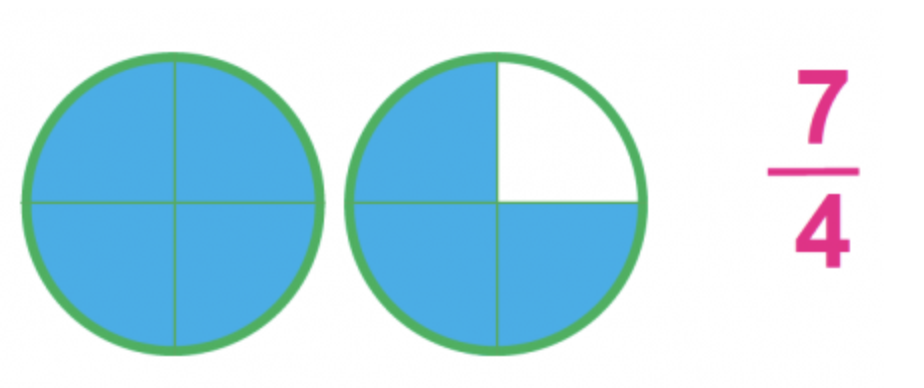
The numerator (top number) is 7, which is bigger than the denominator (the bottom number), which is 4.
What is an example of a mixed number?
Here is an example of a mixed number:
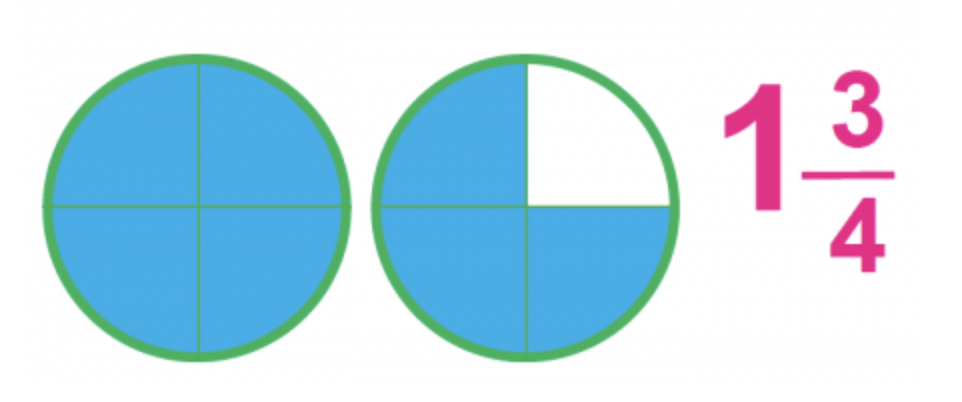
There is a whole number (1), followed by a fraction.
How will this improper fractions and mixed numbers worksheet help my child?
This activity was created by an experienced educator with the purpose of helping your child understand the difference between improper fractions and mixed numbers. You can support your child's learning at home by using this downloadable worksheet with visual representations and teacher-created questions and answers.
For more help with fractions, check out our fractions hub, or consolidate this lesson with our interactive tutorial: Recognising mixed numbers and improper fractions.
